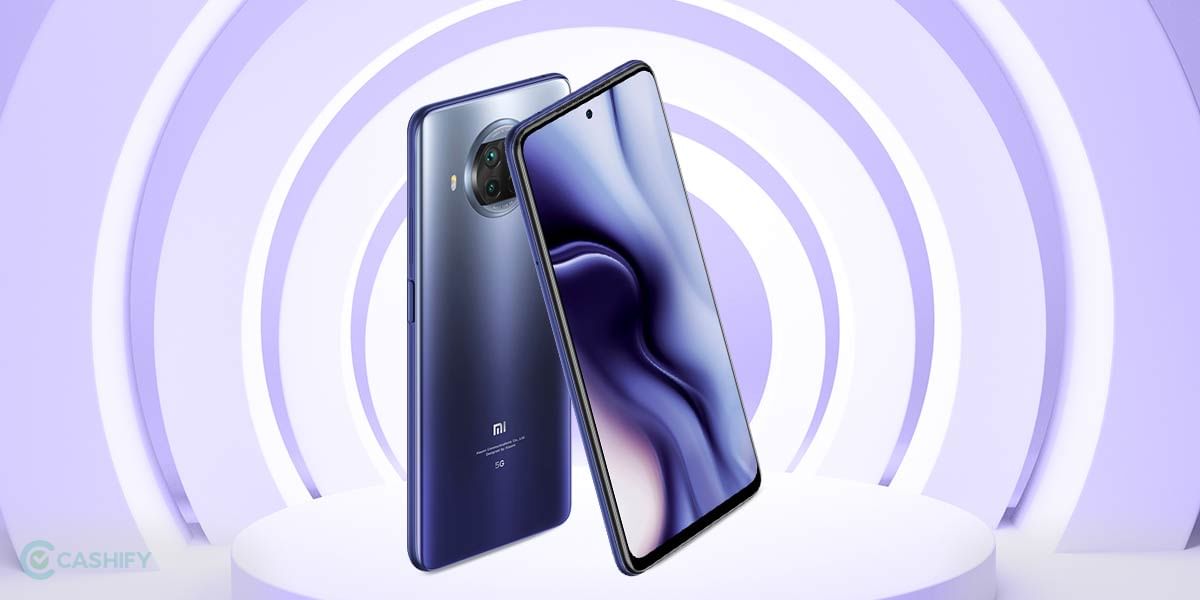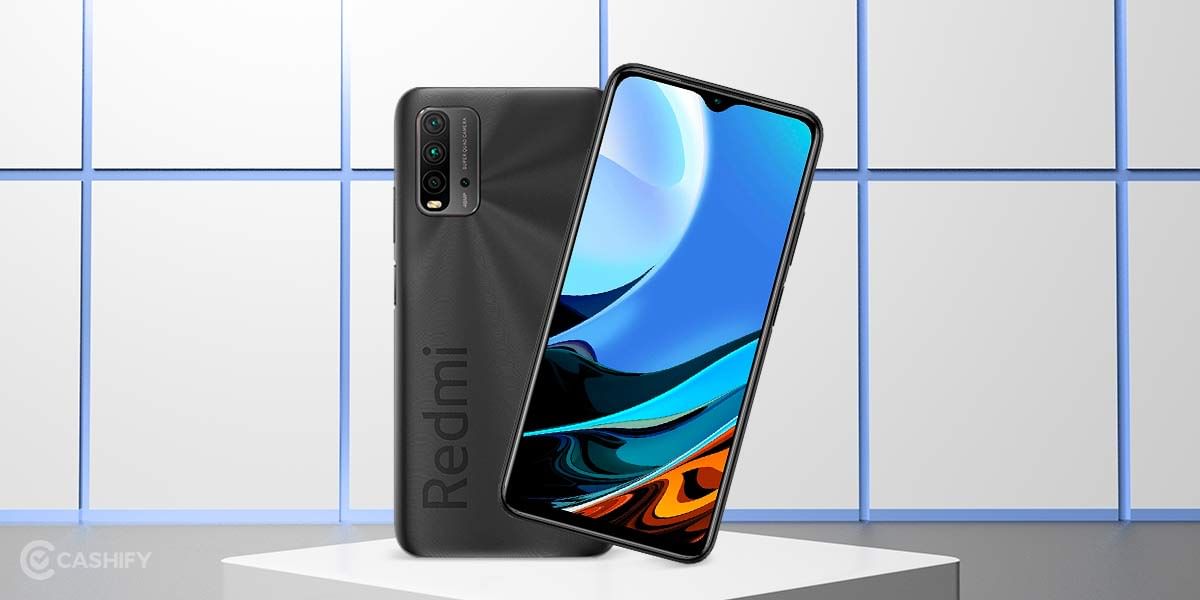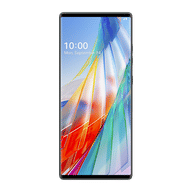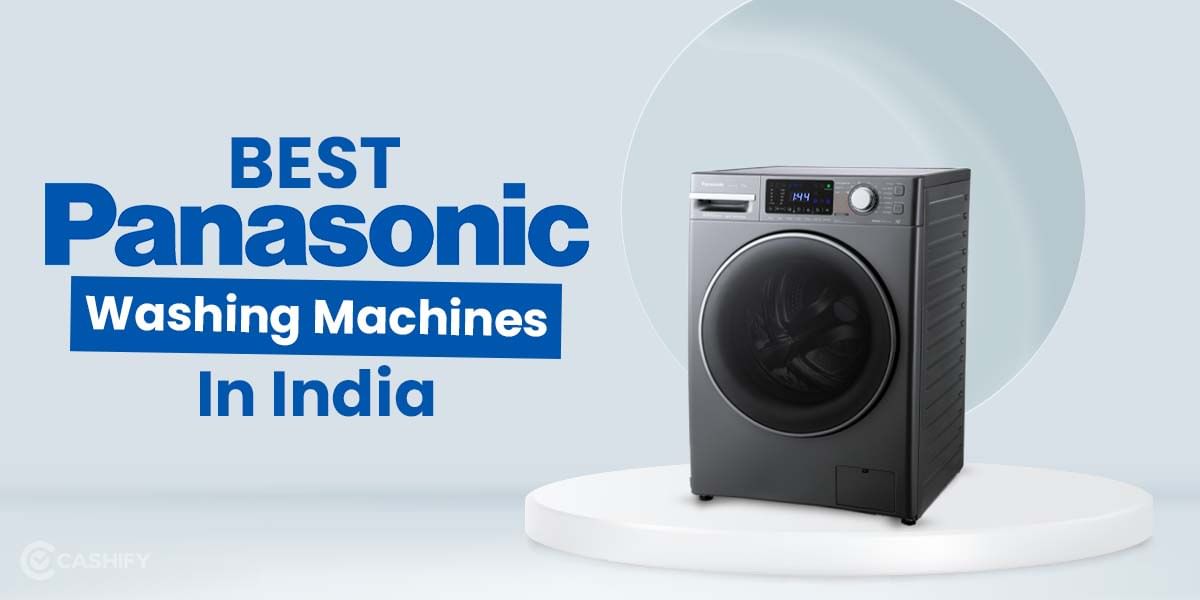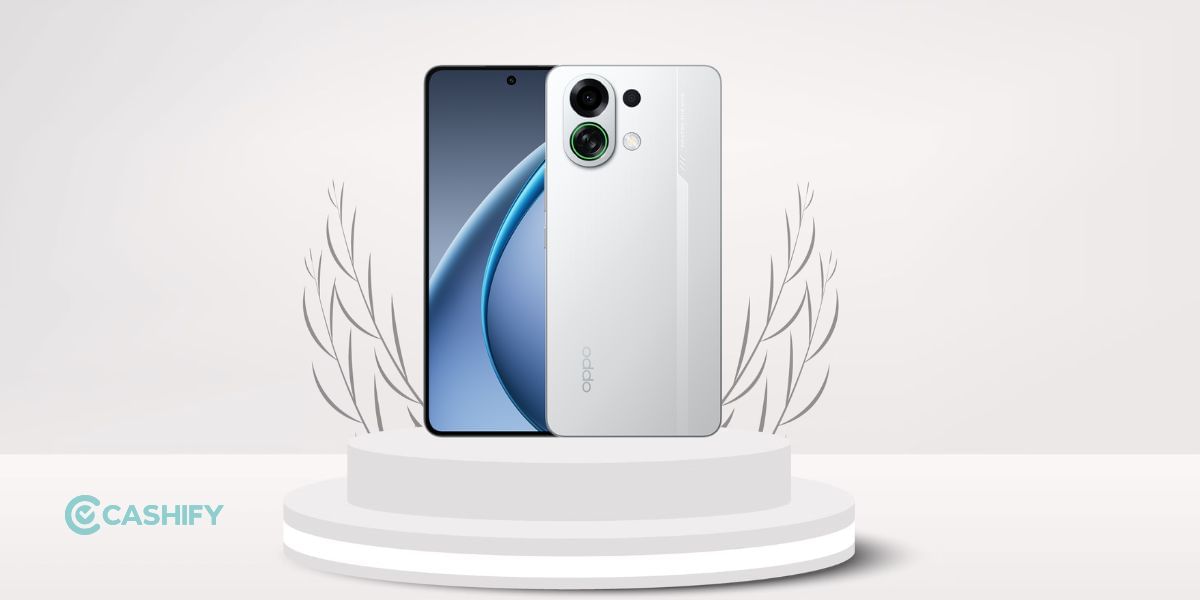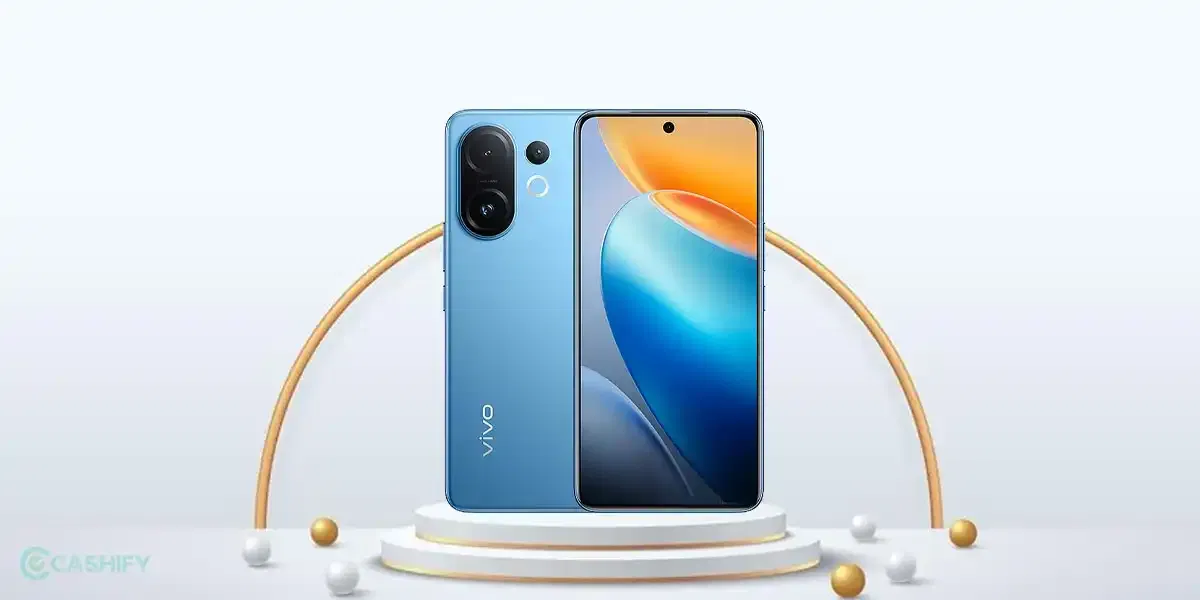Introduction - Super Innovative
In these times when smartphones are becoming more or less similar to each other and we hardly see any smartphone company experimenting with new form factors, LG has come up with a completely new design for a phone which features two displays that open with swivel action. The display is a 6.89 inch rotating POLED for one and a second smaller 3.9-inch for the other. The LG Wing is a ray of sunshine for all those who were yawning at the same old, boring smartphone designs. It is powered by the Snapdragon 765G SoC and houses a 4,000mAh battery accompanied by a triple rear camera which has that gimble functionality.
Also Check: Samsung Galaxy Fold 2 Price in India
LG Wing brings in some good set of specs, but is it really worthy of its price tag? Let’s see in our detailed review of the LG Wing.
Prices in India, Variants, Availability
LG Wing is priced at ₹69,990 and there is only a single variant with 8GB of RAM and 128GB storage. As for the colour options, you can choose from the Aurora Gray – a darker, greyish shade and Illusion Sky- a white colour variant with a bit of pink and bluish tinge to it.
You can buy the LG Wing via Flipkart.com or Amazon.in, or you can get it from an offline LG dealership store. But do check for some amazing deals on Amazon and Flipkart like the buy with the exchange offer and the no-cost EMI and many others.
Box Contents
Specs at a glance
Design and Build - More Than You Could Expect
LG has done a pretty handsome design on the LG Wing. They have managed to pull off something great with the finish on the glass back. I have the Illusion Sky colour for the review and it looks absolutely stunning. It plays around with light to give every shade of blue and white with some splashes of green here and there. Also, thanks to the frosted-matte finish of the back panel that it manages fingerprints and smudges in a better way than a glossy finish would.
Read More: LG Wing vs LG G8x ThinQ
Now let’s talk about the swivel motion because that’s what makes it so special. One thing which you will definitely fall in love with is the smooth motion of the hinge. It opens with a cool swoosh sound and makes a satisfying tactile click when you close it. Also, it’s easy to swivel the display up single-handedly with just a slight push from the thumb of the right hand, but it’s real trouble when you try to pull that off with the left hand as this is the direction the swivel rotates up. Overall, this swivel mechanism is quite elegant and it works well in terms of smoothness and feels quite durable.
The device weighs around 260gm and feels pretty hefty, which should not be a big surprise as it is and a half smartphone that you get. The weight distribution gets messed up when you swivel the screen. It is a heavy phone but not as heavy as the Galaxy Z Fold 2, which is around 280gm, however, due to this weight balancing problem my hands started to hurt a little after 30 minutes of using it with the display opened.
Talking about the ports and buttons, the volume rockers and the power button are placed on the right-hand side. At the bottom, we have the Type-C port, speaker grille, and main microphone. The pop-up selfie camera along with the secondary noise-cancellation microphone is present at the top. The left side houses the SIM-tray.
Display - Buy One Get One
Well, technically the LG Wing is a dual-display smartphone, but the two displays are designed in a very unusual manner. We have a bigger 6.8-inch rotating P-OLED, and a smaller 3.9-inch OLED screen. The two displays are placed one over the other such that when you swivel the upper display, it rests itself in a perpendicular orientation with the smaller display. The primary display has a resolution of 1080 x 1240 pixels and a 395ppi density, whereas the secondary display has a 1080 x 1240 resolution.
Check: Smartphones With The Best Display
With the default settings, you cannot get the maximum brightness from the Wing’s display. There is a separate toggle in the display settings for ‘Extra Brightness’, which you have to enable to boost it beyond its 100% with the above toggle off. With that enabled the display got as bright as 485 nits with the manually maxed-out slider and 586 nits with adaptive brightness enabled. Outdoor visibility will not be a problem, but it is still far behind Samsung OLED numbers.
The primary display is P-OLED and it delivers a solid performance. The colours look natural and punchy, with deep blacks and proper contrast. The viewing angles are great too. You can tweak the colour mode of the display between Natural, Vivid and Cinema. The phone supports Widevine L1 DRM to ensure that Netflix and Amazon will stream at a higher resolution.
Read More: Top LG Phones in India
The secondary display of the LG Wing is in no way lagging behind the primary. It is almost as bright as the latter, with peak brightness reaching up to 446 nits and 448 nits respectively. Also, there is no limit to what you can open in the secondary display. However, there are some apps that may actually crash or look kind of blurry, owing to not being optimised for the strange 27:31 aspect ratio of the secondary display.
Performance
LG Wing is powered by the Snapdragon 765G SoC. Yes, it is the same chip that powers the OnePlus Nord. LG’s choice for going with a mid-range chip for a phone that is priced at ₹70K seems a bit odd. Maybe, they have thought of doing some cost cuttings by not pushing an 8 series Snapdragon chip and covering up the engineering costs of the swivel design. But don’t forget that the Snapdragon765G is quite a capable chip, plus it comes with 5G connectivity making the device future-ready.
In my day-to-day use, the Wing handled all tasks quite efficiently. Switching through apps, navigating across the UI, looking up options in the settings or editing photos none were able to slow it down. The GPU performance is no slouch either. The Adreno 620 is quite capable of running even the more demanding Android Games. You can play all popular Android titles like Call of Duty Mobile, Asphalt 9 or any other. There are some games that actually provide some useful functionalities for the secondary display like in Asphalt 9 you can see the race map on the secondary display, and it was really helpful while gaming. It will be nice to see more and more games optimised to use both the displays simultaneously, to improve the gaming experience. Also, I did not notice any heating issues with the LG Wing, while gaming or running heavy applications.
Software
LG Wing ships with the custom LG UX skin on top of Android 10. LG UX is quite clean as compared to other Android skins, and has a certain neatness, as you would expect from a big brand like LG. It offers plenty of customisation features, starting from the lock screen, like different clock styles and weather and fingerprint animations. On the home screen, you can adjust things like swipe effect, icon shapes, swipe up and down gestures, and enable or disable the right-most Google feed. The notification shade and quick toggle shutter look quite elegant with the transparent, frosted look, the same goes for the volume control UI which looks equally good.
As you swivel the LG Wing up, the main display quickly switches to a special interface which LG calls Swivel Home. It is a simple carousel that in my opinion, has a retro look and feel. There is a separate set of options for Swivel Home which allows you to select options like, having an app drawer or not, swipe effect, and what can be summoned with the swipe up and the swipe down gestures. The Multiple App Shortcuts is both a useful and a power feature, which allows you to create shortcuts for two apps- one of which will open on the main display and the other on the secondary one.
Overall, LG has put in a lot of work in simplifying the combined use of two displays, and for the most part, have succeeded in the endeavour.
Cameras - Not So Flagship
Speaking about the camera, the LG Wing features a triple camera setup at the back. The primary 64MP lens is paired with a 13MP ultrawide and another 12MP ultrawide camera. The reason behind using two ultrawide lenses is that one operates in the basic mode and the other operates in Swivel Mode.
Daylight images captured with the primary camera come out decent, but are nowhere near the flagship level. The colours are a bit washed out, and in some cases, the details look mushy. The dynamic range is quite good with proper white balance and good contrast. By default, the main camera captures 16MP binned photos but you can also shoot at the full 64MP resolution. There is no dedicated telephoto lens, despite that, you can capture 2x photos on the Wing which come out good. The maximum possible zoom level is up to 10x via digital zoom.
There is a dedicated night mode for low light photography and it does a really good job. I took some shots in a completely dark environment and the results were quite impressive. Though the details weren’t as sharp the images come out noticeably bright. The 32MP pop-up selfie camera shoots some good-looking selfies. The skin-tones look good and the colours are quite vibrant. Portrait mode selfies look great too, with proper edge detection and good background blur.
The camera system of the LG Wing looks nothing different than any other smartphone, until you swivel-up the main display. The normal camera app gets switched with a new video-only app, and a gimbal controller interface pops up on the secondary display. Videos shot in the gimbal mode are hands down better than compared to the basic model, in terms of stability. LG Wing’s stabilization features, along with your grip at the centre of the phone’s mass produces some very appealing results.
Overall, the LG Wing’s Cameras perform average in daylight but Night Mode shots and selfie camera are quite impressive. Also, the gimbal mode shoots videos that are quite stable.
Battery
LG Wing has a 4,000mAh cell under its hood, which may not look big enough in 2020, where we have phones with even 7,000mAh battery, but it is decent. The OLED display and a power-efficient 7nm Snapdragon chip, both ensure battery efficiency. The device lasted well around a day-and-half on light to moderate use in both Swivel and the normal mode, However, battery drain increases with the main display swivelled up because now the same battery is going to power the main display as well as the secondary one. I played a 30-minute YouTube video on the phone in Basic mode and observed a 3% battery drop. I then repeated the same task in the swivel mode and noticed a 5% drain in the battery.
The LG Wing supports fast charging at a rate of 25W, with the bundled charger. The device can go from a dead battery to full charge in just about 75 minutes, good enough but not outstanding. Also, it does support wireless charging up to 12W max, however, reverse wireless charging is absent from the device.
Audio, Connectivity, Biometrics
Well, in the sound department, the LG Wing is only a mediocre device and nothing spectacular. There is only a solitary bottom-firing speaker and no hybrid setup in the earpiece. Besides, the loudness of the mono-speaker is below average and the audio quality isn’t impressive either. Mids come out good but vocals tend to get muddied. Highs do sound a bit tinny and not really crisp. However, you can sort some of these issues with the included equaliser.
The phone has dual SIMs (nano-SIM) along with 5G support. Almost all connectivity options are included in the LG Wing like dual-band Wi-Fi, Wi-Fi calling, Bluetooth 5.1, USB Type-C 3.1 and USB On-The-Go. GPS with A-GPS and GLONASS is present. Other sensors present on-board include- light sensor, proximity sensor, accelerometer, barometer, compass and gyroscope.
For security, the LG Wing accommodates an in-display optical fingerprint sensor which is located on its primary display and it works fairly fast, though not as fast as a capacitive or an ultrasonic sensor. You can also set an unlock pattern or PIN or password. Sadly, there is no face unlock option here, so you have to go with the fingerprint only, for biometrics.
Pros & Cons
Pros
- The software is smooth
- Smart dual-screen
- Concrete Swivel mechanism
- Stunning Gimbal camera
Cons
- Bulky
- Orientation changes may cause a problem
- No telephoto camera
LG Wing tries to break the walls of monotony with its unique swivel design. It offers a unique way of multitasking with the two displays both of which are OLED screens. The gimbal mode records ultra-stable footage and will definitely be appreciated by people who are more into mobile videography.
The main camera still needs some improvement and a telephoto lens would be much appreciated. The LG Wing’s displays implement the standard 60Hz refresh rate, and LG could have at least given a 90Hz panel considering that the Snapdragon 765G is quite a capable chip.
What could be a major concern for potential buyers is the pricing of the LG Wing. Although it brings in some really cool features like the swivel mode and the pseudo gimbal, but it lacks some other important features like a higher refresh rate panel and a high-end chipset which most smartphones in this price range have.


